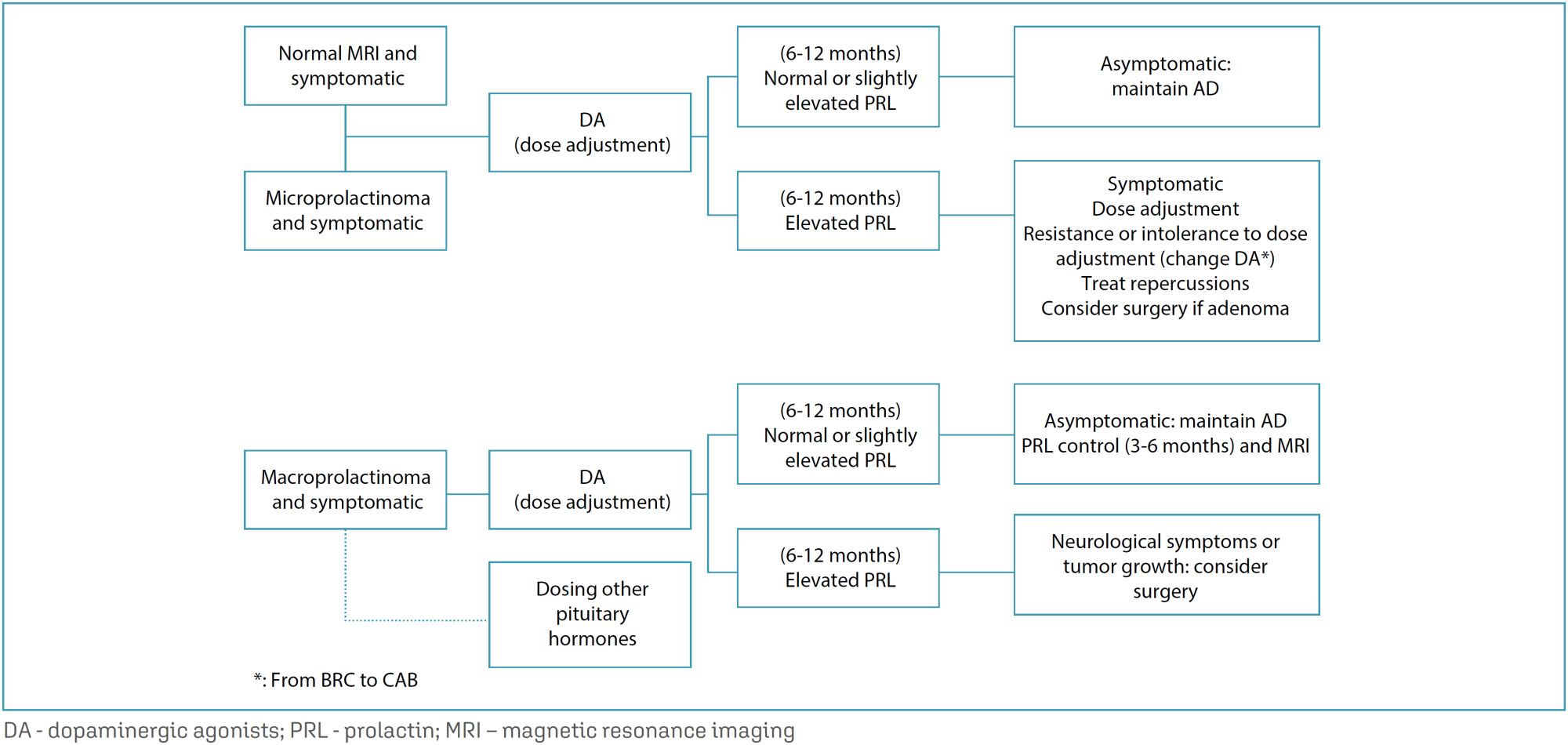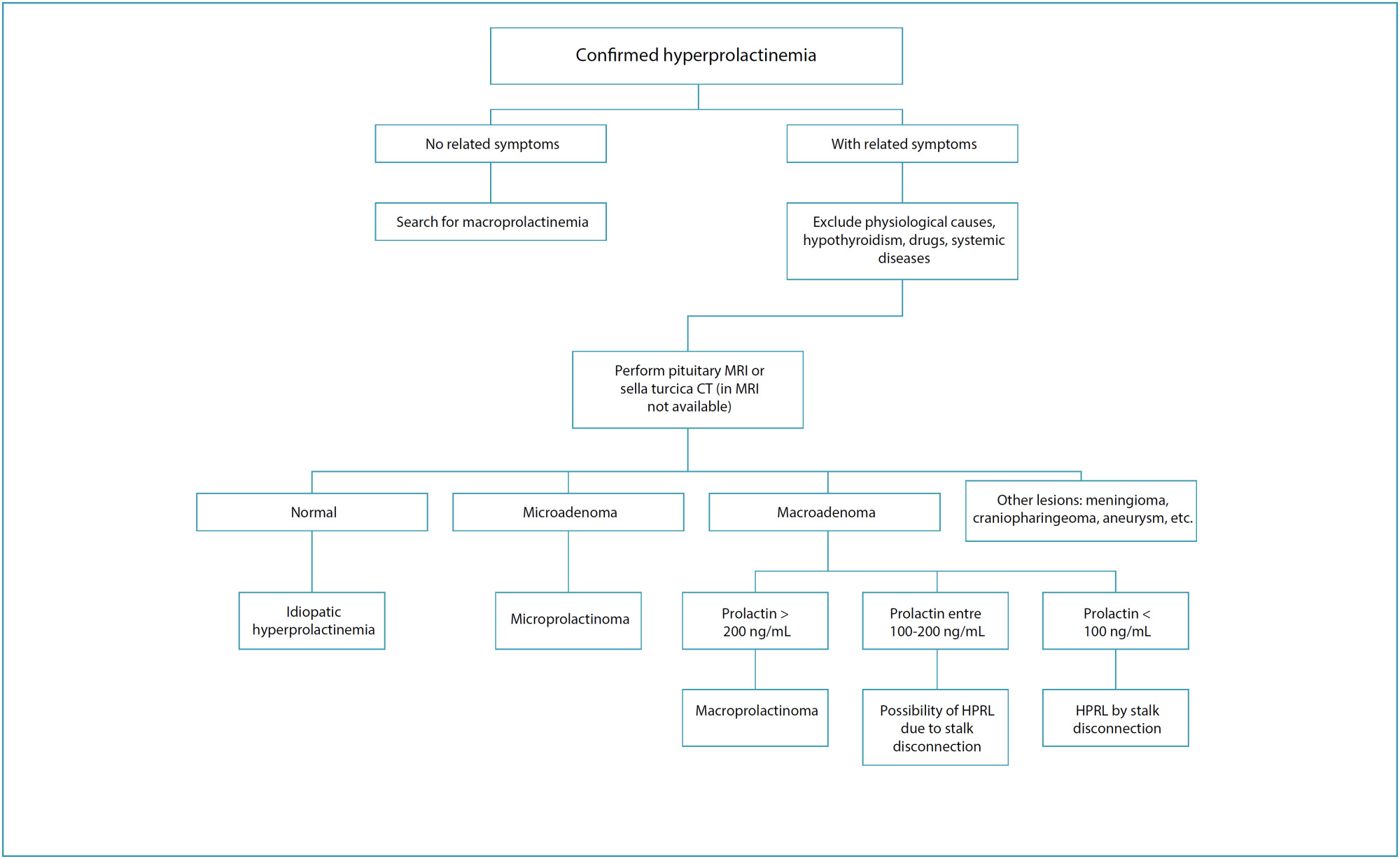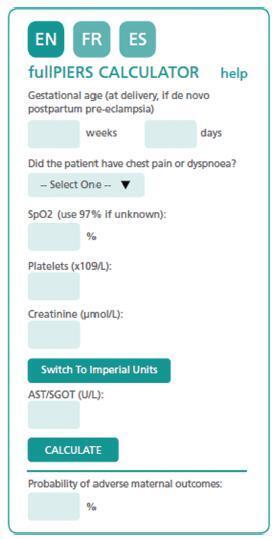-
Editorial12-17-2021
Pink October and Breast Cancer in Brazil
Revista Brasileira de Ginecologia e Obstetrícia. 2021;43(10):725-727
Abstract
EditorialPink October and Breast Cancer in Brazil
Revista Brasileira de Ginecologia e Obstetrícia. 2021;43(10):725-727
Views189The National Cancer Institute of the Brazilian Ministry of Health has launched this October, as it has been done since 2010, the Pink October campaign. Since 1990, this campaign has been performed worldwide annually, when there is extensive dissemination through the media, social events and educational programs which aims to alert women and society about […]See more -
FEBRASGO POSITION STATEMENT11-29-2021
Management of placenta accreta spectrum Number 9 – September 2021
Revista Brasileira de Ginecologia e Obstetrícia. 2021;43(9):713-723
Abstract
FEBRASGO POSITION STATEMENTManagement of placenta accreta spectrum Number 9 – September 2021
Revista Brasileira de Ginecologia e Obstetrícia. 2021;43(9):713-723
-
Case Report11-29-2021
Complete Androgen Insensitivity Syndrome: A Rare Case of Prenatal Diagnosis
Revista Brasileira de Ginecologia e Obstetrícia. 2021;43(9):710-712
Abstract
Case ReportComplete Androgen Insensitivity Syndrome: A Rare Case of Prenatal Diagnosis
Revista Brasileira de Ginecologia e Obstetrícia. 2021;43(9):710-712
Views254Abstract
With the widespread uptake of noninvasive prenatal testing (NIPT), a larger cohort of women has access to fetal chromosomal sex, which increases the potential to identify prenatal sex discordance. The prenatal diagnosis of androgen insensitivity syndrome (AIS) is an incidental and rare finding. We wish to present the diagnosis of a prenatal index case after NIPT of cell-free fetal DNA and mismatch between fetal sex and ultrasound phenotype. In this particular case, the molecular analysis of the androgen receptor (AR) gene showed the presence of a pathogenic mutation, not previously reported, consistent with complete androgen insensitivity syndrome. Carrier testing for the mother revealed the presence of the same variant, confirming maternal hemizygous inheritance. Identification of the molecular basis of these genetic conditions enables the preimplantation or prenatal diagnosis in future pregnancies.
Key-words androgen insensitivity syndromeandrogen receptordisorder of sex development, 46, XYprenatal diagnosisprenatal genetic counselingSee more -
Original Article11-29-2021
Exposed Implant after Immediate Breast Reconstruction – Presentation and Analysis of a Clinical Management Protocol
Revista Brasileira de Ginecologia e Obstetrícia. 2021;43(9):690-698
Abstract
Original ArticleExposed Implant after Immediate Breast Reconstruction – Presentation and Analysis of a Clinical Management Protocol
Revista Brasileira de Ginecologia e Obstetrícia. 2021;43(9):690-698
Views245See moreAbstract
Objective
Infection and exposure of the implant are some of the most common and concerning complications after implant-based breast reconstruction. Currently, there is no consensus on the management of these complications. The aim of the present study was to review our cases and to present a clinical protocol.
Methods
We conducted a retrospective review of consecutive patients submitted to implant-based breast reconstruction between 2014 and 2016. All patients were managed according to a specific and structured protocol.
Results
Implant exposure occurred in 33 out of 277 (11.9%) implant-based reconstructions. Among these, two patients had history of radiotherapy and had their implant removed; Delayed reconstruction with a myocutaneous flap was performed in both cases. Signs of severe local infection were observed in 12 patients, and another 5 presented with extensive tissue necrosis, and they were all submitted to implant removal; of them, 8 underwent reconstruction with a tissue expander, and 2, with a myocutaneous flap. The remaining 14 patients had no signs of severe infection, previous irradiation or extensive tissue necrosis, and were submitted to primary suture as an attempt to salvage the implant. Of these, 8 cases (57.1%) managed to keep the
Conclusion
Our clinical protocol is based on three key points: history of radiotherapy, severe infection, and extensive tissue necrosis. It is a practical and potentially-reproducible method of managing one of the most common complications of implant-based breast reconstruction.
-
Original Article11-29-2021
Pathways of IFN-alpha Activation in Patients with Cervical Intraepithelial Neoplasia (CIN)
Revista Brasileira de Ginecologia e Obstetrícia. 2021;43(9):682-689
Abstract
Original ArticlePathways of IFN-alpha Activation in Patients with Cervical Intraepithelial Neoplasia (CIN)
Revista Brasileira de Ginecologia e Obstetrícia. 2021;43(9):682-689
Views232See moreAbstract
Objective
The aim of the present study was to compare the local and systemic expression of the factors linked to the interferon alpha (IFN-α) activation pathway in different degrees of cervical intraepithelial neoplasia (CIN) and cervical cancer.
Methods
A total of 128 patients with CIN I, CIN II, CIN III and cervical cancer was evaluated. The real-time polymerase chain reaction (RT-PCR) technique was used to evaluate the gene expression of IFNR1, IFNR2, IFN-α, oligoadenylate synthase (2’5′OAS), cytokine signal suppressor 1 (SOCS) 1, SOCS3, signal transducer and transcription activator 1 (STAT1), and IRF9 from 128 biopsies. A total of 46 out of 128 samples were evaluated by flow cytometry for IFNAR1, IFNAR2, STAT1, IRF7 and IFN-α in peripheral blood cells.
Results
Patients with CIN II and III (63 samples) had a low local expression of IFNR1, but not IFNR2. Patients with some degree of injury showed high expression of SOCS1 and SOCS3. Systemically, patients with CIN II and III (20 samples) had a significant increase in IFNR1, IFNR2, STAT1, IRF7, and IFN-α in helper, cytotoxic T lymphocytes, and in monocytes.
Conclusion
Patients with high-grade lesions have increased systemic expression of IFN-α and its activation pathways in helper and cytotoxic T lymphocytes, as well as in monocytes due to an exacerbation of the immune response in these patients. This phenomenon is not accompanied by resolution of the lesion due to a defect in the IFN-α activation pathway that revealed by low local IFNAR1 expression and high local expression of SOCS1 and SOCS3.
-
Original Article11-29-2021
Psychological Problems Experienced by Patients with Bowel Endometriosis Awaiting Surgery
Revista Brasileira de Ginecologia e Obstetrícia. 2021;43(9):676-681
Abstract
Original ArticlePsychological Problems Experienced by Patients with Bowel Endometriosis Awaiting Surgery
Revista Brasileira de Ginecologia e Obstetrícia. 2021;43(9):676-681
Views254Abstract
Objective
To assess the most common psychological disturbances in women with deep endometriosis and bowel involvement who are waiting surgical treatment and to evaluate what forms of coping are used to solve the problem.
Methods
This was a cross-sectional observational study of 40 women diagnosed with deep endometriosis and intestinal symptoms. They completed two questionnaires: one for anxiety and depression (Hospital Anxiety and Depression Scale [ HADS]) and the Scale of Mode of Confronting Problems (EMEP, in the Portuguese acronym).
Results
We found that 77.1% of the patients had anxiety and depression, with anxiety being the most prevalent (87.5% of the patients); 90% of the patients used problem focused and religious introspection as their main modes of confronting problems.
Conclusion
In the use of the HADS questionary, two psychological aspects were the most present in women with deep endometriosis awaiting surgical treatment: anxiety and depression. The most used forms of coping to solve the problem were problem coping and religious practices.
Key-words anxiety disordersCross-sectional studiesdepressive disordersEndometriosispsychological adaptationSee more -
Original Article11-29-2021
Association between Adverse Maternal Clinical Outcomes and Imbalance of Cytokines and Angiogenic Factors in Preterm Preeclampsia
Revista Brasileira de Ginecologia e Obstetrícia. 2021;43(9):669-675
Abstract
Original ArticleAssociation between Adverse Maternal Clinical Outcomes and Imbalance of Cytokines and Angiogenic Factors in Preterm Preeclampsia
Revista Brasileira de Ginecologia e Obstetrícia. 2021;43(9):669-675
Views175See moreAbstract
Objective
Preeclampsia (PE) is a pregnancy-specific syndrome characterized by abnormal levels of cytokines and angiogenic factors, playing a role in the disease development. The present study evaluated whether immunological markers are associated with the gestational age and with the disease severity in preeclamptic women.
Methods
Ninety-five women who developed PE were stratified for gestational age as preterm PE (< 37 weeks) and term PE (≥ 37 weeks of gestation) and compared for disease severity as well as plasma concentration of angiogenic factors and cytokines. The concentrations of placental growth factor (PlGF), vascular endothelial growth factor (VEGF), Fms-like soluble tyrosine kinase (sFlt-1) and soluble endoglin (sEng), as well as the cytokines, tumor necrosis factor-α (TNF-α) and interleukin 10 (IL-10), were determined by enzyme-linked immunosorbent assay (ELISA).
Results
The comparison between preeclamptic groups showed a higher percentage of severe cases in preterm PE (82.1%) than in term PE (35.9%). Similarly, the concentrations of TNF-α, sFlt-1, and sEng, as well as TNF-α/IL-10 and sFlt-1/PlGF ratios were significantly higher in the preterm PE group. In contrast, concentrations of PlGF, VEGF, and IL-10 were significantly lower in women with preterm PE. Negative correlations between TNF-α and IL-10 (r = 0.5232) and between PlGF and sFlt1 (r = 0.4158) were detected in the preterm PE.
Conclusion
In pregnant women with preterm PE, there is an imbalance between immunological markers, with the predominance of anti-angiogenic factors and TNF-α, associated with adverse maternal clinical outcomes.
Search
Search in:
Tag Cloud
Pregnancy (252)Breast neoplasms (104)Pregnancy complications (104)Risk factors (103)Menopause (88)Ultrasonography (83)Cesarean section (78)Prenatal care (71)Endometriosis (70)Obesity (61)Infertility (57)Quality of life (55)prenatal diagnosis (51)Women's health (48)Maternal mortality (46)Postpartum period (46)Pregnant women (45)Breast (44)Prevalence (43)Uterine cervical neoplasms (43)





